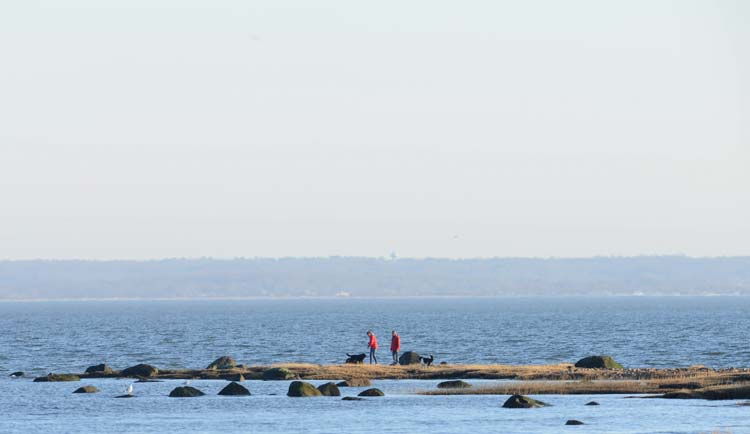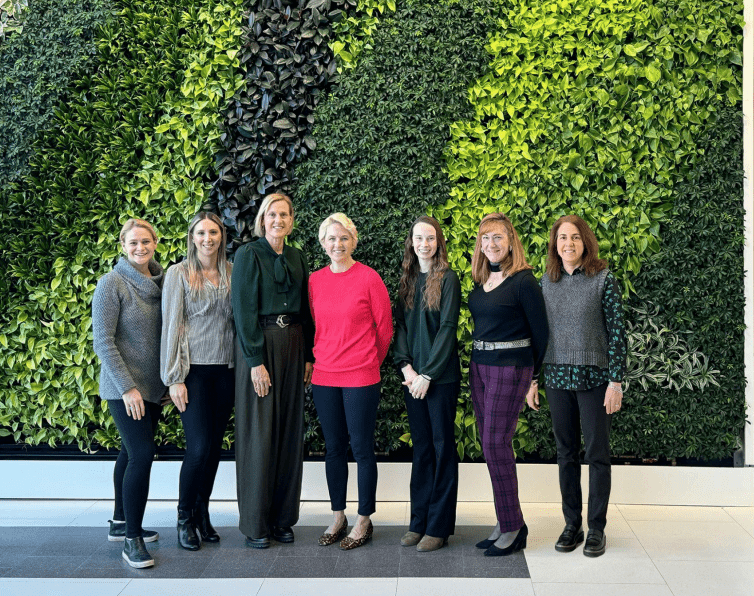
Scientists and engineers from Connecticut Department of Agriculture’s Bureau of Aquaculture (CTDABA), U.S. Environmental Protection Agency’s New England Regional Laboratory, together with staff from the U.S. Food and Drug Administration (USFDA) Shellfish Sanitation Program will begin conducting a hydrographic dye dilution study beginning April 3. They will be tracking the flow and dispersion of wastewater discharging into Long Island Sound from the Greenwich Water Pollution Control Facility (WPCF), located on Grass Island in Greenwich Harbor.
A fluorescent Rhodamine WT dye will be released from the Greenwich WPCF beginning the morning of April 4th, and will continue for 12 hours until approximately 6:30 p.m. As a result of the dye injection, portions of the Greenwich Harbor may turn reddish in color for a brief time and will be visible from the shores of Greenwich. Please note that this dye is not harmful to people or the ecosystem.
Information collected during this study will be used by USFDA and CTDABA to evaluate the impact of wastewater discharges on shellfish growing areas in Greenwich, and will help scientists determine where shellfish may be safely harvested. The Greenwich facility operates an advanced treatment process using ultraviolet disinfection, which has proven to be effective treatment against pathogenic bacteria and viruses contained in sewage, and does not require the introduction of chemicals into the waters of Long Island Sound.
The coastal waters of Greenwich are home to some of Connecticut’s most important natural eastern oyster and hard clam producing areas. The Greenwich Shellfish Commission has been actively engaged in projects intended to increase oyster production on existing natural beds and expand oyster populations in suitable areas within Greenwich waters. This is accomplished by selectively farming specific areas and permitting the controlled transplant of a portion of existing oyster resource to seed new shellfish bed locations.
The goal of the hydrographic dilution study is to protect public health while cultivating essential oyster habitat through science-based management practices. The information collected during this study will support collaborative oyster resource enhancement projects developed by the Greenwich Shellfish Commission in cooperation with the CT DABA and industry.
The ultimate goal of these efforts is to improve water quality in Greenwich waters while supporting the enhancement of this critical natural oyster habitat.
For more information, visit epa.gov/aboutepa/epa-region-1-new-england




